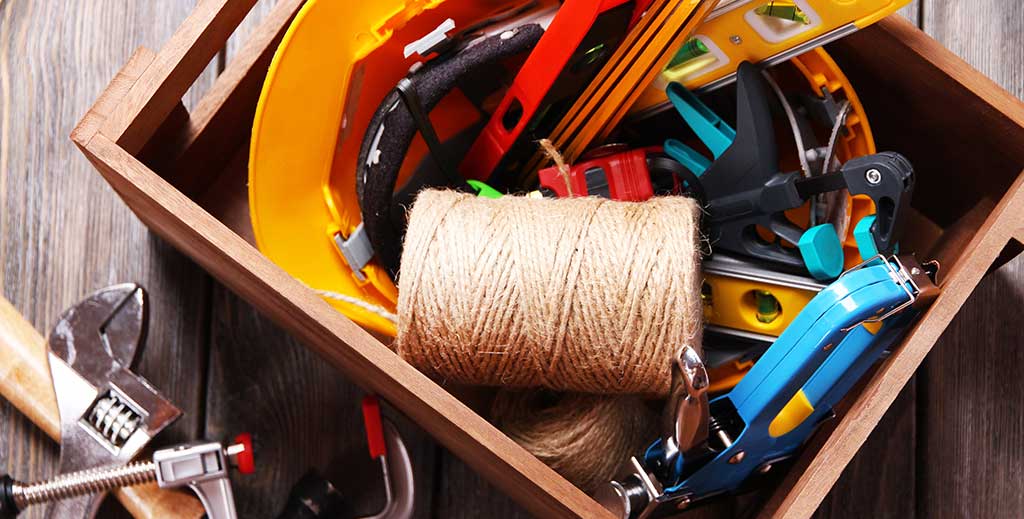UNSAFE ACTS
Most of us know that accidents are caused by only two things – unsafe acts or practices, and unsafe conditions.
Some of us even know that 9 out of 10 accidents are the result of unsafe acts, or things we do when we know better.
This is kind of strange if you think about it. We have more to fear from our own actions than from any other job
hazards around us. Why do we appear to deliberately expose ourselves to injury through unsafe acts?
WHAT IS AN UNSAFE ACT?
An unsafe act is any personal characteristic or condition that may cause or influence an employee to act unsafely.
These conditions may be mental, emotional or physical. Some of the types of unsafe acts could be: unaware of the
job hazard, inattention to job hazards, low level of job skill or inadequately trained for a specific job. It could be the
employee tried to avoid extra effort or tried to gain or save time by taking a shortcut.
A laceration or cut is the result of not paying attention to the job, or neglecting to take the precautions necessary to
prevent the injury. Every time you begin to use a knife or box cutter, say to yourself, this is a finger cutter. This one
little mental reminder is enough to alert you that special precautions must be taken to prevent an injury in the event
the knife or box cutter slips from its intended cutting path.
A back injury is also an unsafe act. If you lift properly, it’s difficult to injure your back. Even in difficult lifting
conditions, it’s up to you to use your good judgment on the safest method of lifting, to protect your discs and to
prevent ligament damage or strains.
That old safety slogan “Think Safety” means just that. Think about what you’re doing, how you’re going to do it and
then use your judgment to perform the job without accident or injury. You’re the only person who has control over
unsafe acts.
One more example. Let’s say you fall off a ladder. The unsafe act contributing to the fall was perhaps your
inattention to the footing, or perhaps you exceeded the limitations of the ladder. You contributed to the accident.
What if the ladder was defective? Still an unsafe act? Certainly. It’s your responsibility to inspect equipment before
you use it, therefore if you had inspected the ladder before using it, you would have found the defect and wouldn’t
have used the ladder until it was repaired or replaced.
It Won’t Happen To Me
Basically, sometimes we just think about getting the job done and we tend to rationalize the risk of getting injured.
We think to ourselves that we have done this job many, many times this way and nothing bad has happened.
Therefore, nothing bad will happen to us today. On an intellectual level, we realize there is a potential danger but
decide that the risk of being injured is low. Because we have not been injured so far, we actually think of ourselves
as being very safety conscious. We know the right way to do it, we realize that it is hazardous to do it this way, but
what we are really thinking to ourselves is “it won’t happen to me.”
We Take Short Cuts
Some of us are fairly meticulous about following safe work practices, but because a job “will only take a minute”
we use an unsafe method or tool. For example, not putting on our safety glasses because the job will only take a
minute, or not locking out a machine because an adjustment will only take a second.
Usually, we think about it just before we do something a little unsafe, or maybe quite a bit unsafe. We know better,
we know the safe way to do it, but we take that little chance. In effect we are saying, “I know that this could result
in an injury, but “it can’t happen to me.” Maybe it’s human nature to think that accidents always happen to someone
else, but they can happen to you too. What makes you different? Why take a chance in the first place? Only you can decide to take the time to do your job safely and correctly the first time.
How to correct unsafe acts
In today’s work environment unsafe acts can be corrected through education, engineering and enforcement (the
three E’s). Education means training, explaining the proper procedures of job responsibilities, safety rules and of course,
constant awareness for working and acting safely. Engineering is finding safety hazards and correcting them before they contribute to an accident. Engineering also includes proper selection of equipment and facilities. Engineering focuses primarily on physical hazards in the workplace, but can also include job safety analysis, ergonomics and other safety engineering functions. The third E is Enforcement of safety rules. It doesn’t do any good to have rules if they aren’t enforced. At the end of the day we must think carefully about what we are doing and know how to do it safely before doing it.
“Confidence, like art, never comes from having all the answers; it comes from being open to all the
questions.” Anonymous
Thanks for the share TO!



